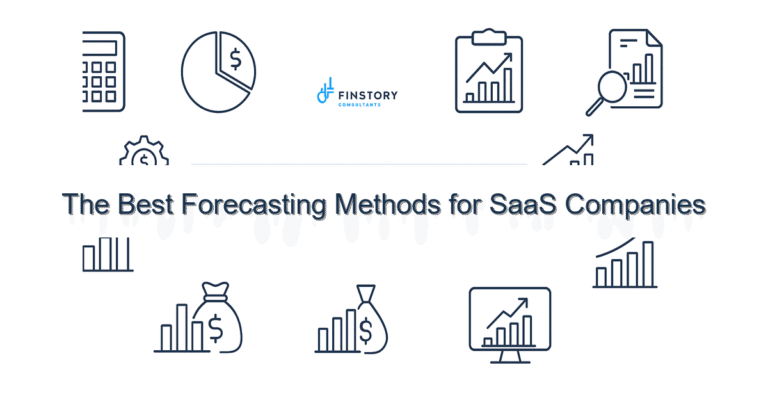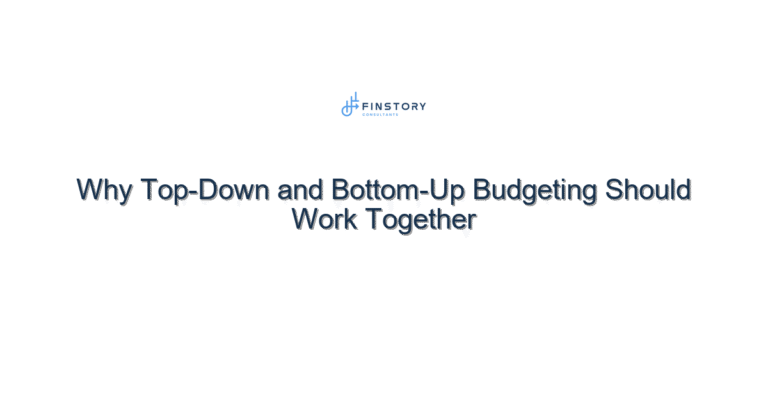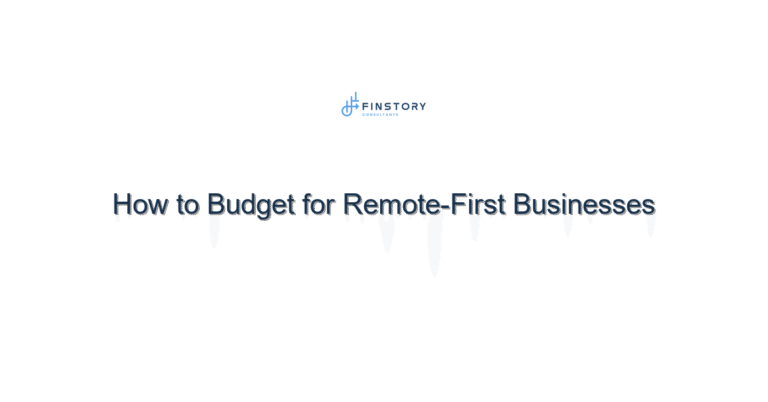How to Spot Early Warning Signs of a Cash Flow Crisis
Running a business often feels like juggling—clients, staff, marketing, operations—all while keeping an eye on the bank account.
Cash might look healthy today. But here’s the catch: A cash flow crisis rarely happens overnight.
More often, there are small warning signs long before you hit panic mode. And if you know what to look for, you can fix issues before they become emergencies.
Why Cash Flow Surprises Happen
Here’s the truth:
✅ Profits don’t equal cash.
✅ Customers sometimes pay late.
✅ Expenses can pop up suddenly.
✅ Growth itself can drain your bank account.
Even successful businesses can run into cash flow trouble if they’re not watching the right signals.
Real-World Examples
Let’s look at two scenarios many business owners face:
Example 1: The Manufacturing Company
A small manufacturing business landed a huge new order. Great news, right?
- They bought raw materials upfront.
- Hired extra staff.
- Extended payment terms to the customer.
The problem?
- The client delayed payment by 60 days.
- Meanwhile, payroll and supplier bills were due.
Early warning sign they missed: Cash was dropping despite strong sales because cash was tied up in inventory and receivables.
Example 2: The Creative Agency
A creative agency was busy with projects. Revenue looked solid—but:
- Clients stretched payments from 30 days to 90 days.
- The agency kept paying freelancers on time.
Cash started running dangerously low, even though projects were profitable.
Early warning sign they missed: Accounts receivable aging longer than usual.
Early Warning Signs to Watch For
Here’s how to catch a cash crunch before it hits crisis mode:
1. Customers Start Paying Late
If clients are taking longer to pay:
- Check your accounts receivable aging report.
- Follow up quickly on overdue invoices.
- Offer discounts for early payments if needed.
2. Accounts Payable Slips Behind
If you’re delaying payments to vendors:
- It’s often a sign cash is tight.
- Late fees and strained relationships follow quickly.
3. Inventory Levels Rising
Excess stock ties up cash. Ask:
- Are you over-ordering?
- Is demand dropping?
- Are slow-moving products eating into your cash?
4. Borrowing Increases Suddenly
Needing more overdraft or short-term loans to cover day-to-day expenses signals cash flow strain.
5. Cash Reserves Shrinking
If your cash buffer is dropping month by month—even if sales look healthy—something’s off.
How to Stay Ahead of a Cash Crunch
✅ Monitor Cash Flow Weekly
Don’t wait for month-end. A simple spreadsheet tracking cash in and out each week can reveal issues early.
✅ Forecast Scenarios
Plan for:
- Slow-paying customers
- Lower-than-expected sales
- Unexpected big expenses
Knowing your worst-case scenario helps you prepare.
✅ Communicate Early
If cash will be tight, talk to:
- Suppliers (to negotiate terms)
- Banks (for credit options)
- Staff (to manage expectations)
Problems are easier to solve before they’re urgent.
How a Virtual CFO Can Help
Watching for cash flow red flags is time-consuming. A Virtual CFO can:
- Build weekly cash flow forecasts
- Spot trouble in your financial reports
- Recommend steps to preserve cash
- Help negotiate better terms with customers and suppliers
They help you stay proactive—so cash issues never take you by surprise.
Final Thoughts
So, let me ask you: Are you looking at your cash flow closely enough to spot early warning signs?
Because the earlier you catch a problem, the easier—and less painful—it is to fix.
If you’d rather not worry about cash surprises, a Virtual CFO might be the partner you need to keep your business running smoothly.






